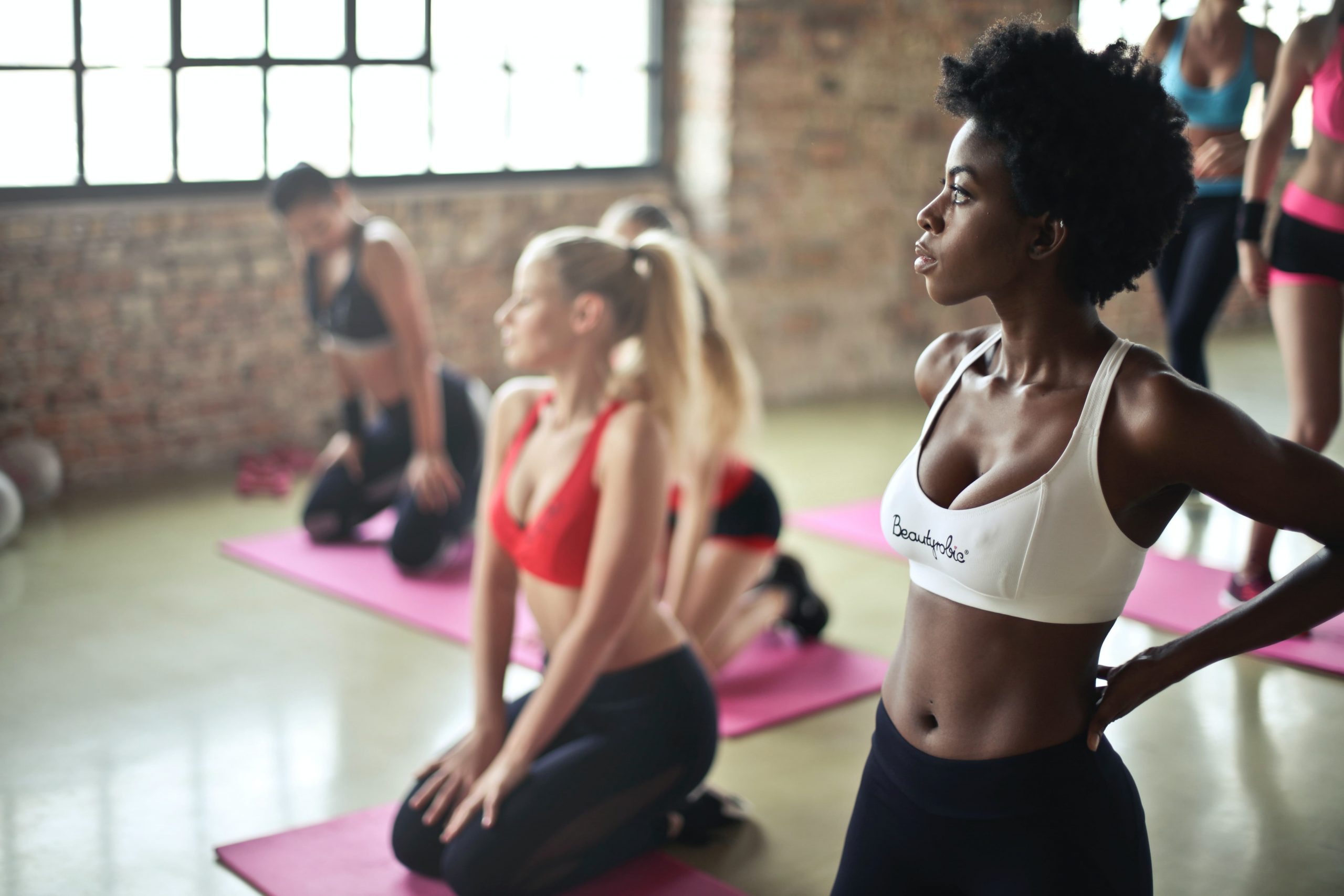McDonalds fills a hole; you’re know what you’re getting and it’s fine for a one-off treat. But if you want something that’s sustainable, that’s nourishing and that elevates you to becoming a healthier person, something that hasn’t been stripped of its nutritional value, we all know that McDonalds is not where it’s at.
All too often I see yoga schools that are churning out students trained to teach McYoga; watered-down gymnastics with a few minutes of deep breathing at the end. And students who are speeding through the course ultimately focused on being able to teach the physical postures correctly and safely.
The yoga that I teach, classical or Raja Yoga, is built on the foundations of ancient Indian sage Patanjali’s Yoga Sutras – a collection of nearly 200 Sanskrit aphorisms on the theory and practice of yoga. Within the Yoga Sutras Patanjali describes The Eight Limbs of Yoga, which include meditation, mindful breathing and social ethics. Yoga postures, known as Asana, are just one of those eight and they are underpinned by a rich framework of tradition, wisdom and practise that ultimately helps us to lead a happy and healthy life – not just fit into size 10 jeans.
Yes, McYoga will produce a fleeting endorphin rush and feel good that you’ve done an hour’s class and sweated a lot. Then you will wake up the next day and won’t feel any better because you won’t have had the benefit of meditation and mindfulness on your mental wellbeing. McYoga is not going to give you a sense of calm and peace in your mind and in your heart. Nor will it give you the ability to give the best of yourself and get the best back from people.
I learnt yoga in India where the breath, the meditation and the community were the driving forces of my love of the practise. When I came back to the UK, the yoga I discovered was a diluted version, unrecognisable from the authentic practise that I had learnt and absolutely lacking in diversity and inclusivity – more of that here*. It was culturally appropriated yoga tailored to an audience that the teachers and practitioners had been led to believe wanted that.
McYoga is riddled with poorly judged and downright offensive cultural faux pas; whether it’s the careless misuse or mispronunciation of the thoughtful formal Hindi greeting namaste; the disrespectful placement of Buddha statues on yoga studio floors in an attempt to look ‘exotic’; inappropriate use of precious mala prayer beads during class; or offensively positioned or incorrectly scribed tattoos of deities or symbols of sacred mantras. McYoga has become big business with its expensive apparel, luxury retreats and complicated diet plans. As yoga speaker, teacher and yoga culture advocate Susanna Barkataki says, “My culture is being stripped of its meaning and sold back to me in forms that feel humiliating.”
During colonisation, Indians weren’t allowed to teach anything spiritual because it contradicted the Christian faith, and Sanskrit was suppressed because it was deemed to be a language of savages. So the colonised version of yoga that came to the West from India was already a watered-down version. So you might not think that it’s a big deal to wear your mala beads around your neck or say namaste incorrectly, but actually it’s all part of a culture that was severely oppressed under British rule for nearly 300 years.
I underwent four years of classical Hatha yoga training in a fully authentic environment in India. I learnt alongside a mix of Indians and ex-pats, many of whom were there for the love of the practise rather than to train as teachers. I still wasn’t a qualified teacher when I left India.
We have appropriated the culture of yoga, packaged it up and said that at the end of 200 hours of training and basic philosophy and physical practise, you can become a teacher. In India there are now so many yoga schools that have cottoned on to the fact that this is apparently how Westerners want to be taught that they, too, have started teaching yoga in this way and earning handsomely from it.
We have taken a culture, stripped it of its authenticity, commercialised it and packaged it and we are now sending it back to the culture from where it came in a damaged way. In turn, they are now selling it to everybody as the authentic way; so people travel to Goa or Bali or Thailand to learn yoga on a false promise. I can guarantee that there won’t be any Indian yoga teachers learning in that quick-fix way. Rather, there will be teachers capitalising on that demand for the stamp that says, ‘I leant it in India’.
I am not the yoga police and I am certainly not saying that everyone is doing it wrong. My view is simple; if you want to practise power yoga, or goat yoga, or nude yoga, or whatever else in the privacy of your own home, go ahead. But as soon as you bring that into a public sphere you need to understand that there is the potential – intentional or otherwise – to harm the culture on which you are basing your whole practise.
The true tragedy is that this is a conversation that has been rumbling along for decades. Why then, has nothing changed? Why then, is a sacred practise rooted in ancient Indian philosophy that has evolved over thousands of years still being diluted and repackaged and churned out like a hamburger factory?
I truly believe that nobody comes into yoga wanting to cause harm and that most yoga teachers want to know that what they are teaching is authentic. Yet in order to make a living, many feel that they have to alter their practise to fit a certain mould, because that’s what their students want. But if you’ve grown up on McDonalds, you’re going to think that’s all there is. I’m not saying that everything in yoga is going to float everyone’s boat, but you don’t know unless you try.
I want to help a new generation of yoga teachers and studio owners to understand why it’s so important for them and their students to honour the roots of yoga. Do you or do your teachers have a strong grounding of history and philosophy, so you can offer that to your students if they want to learn more? In my experience, almost all of my students are genuinely grateful to learn and understand where yoga comes from.
I tell my students, “I’m going to do some practise at the beginning of class that is authentic to how I was taught. I would never expect you to do something that makes you feel uncomfortable, so if you don’t want to participate just sit and observe, or I will give you another option. But if you want to join in, this is a really safe space.”
I always chant at the beginning of sun salutations and I will tell my class, “You don’t have to chant with me, but if the sounds resonates with you take a moment to observe your thoughts and feelings.” It can be as simple as that. It’s not about ramming spirituality, Hinduism, Buddhism down people’s throats, it’s about making them aware that this is the root of the practise and this is why we do it.
I have had the privilege of learning my authentic practise in India in a very organic way, it wasn’t taught from a book, and I understand that very few people will have had that privilege. But it’s time for yoga lovers, especially teachers and teacher trainers, to take responsibility and take action to finally put an end to McYoga for good, before the true practise of the gift of yoga is lost forever.



